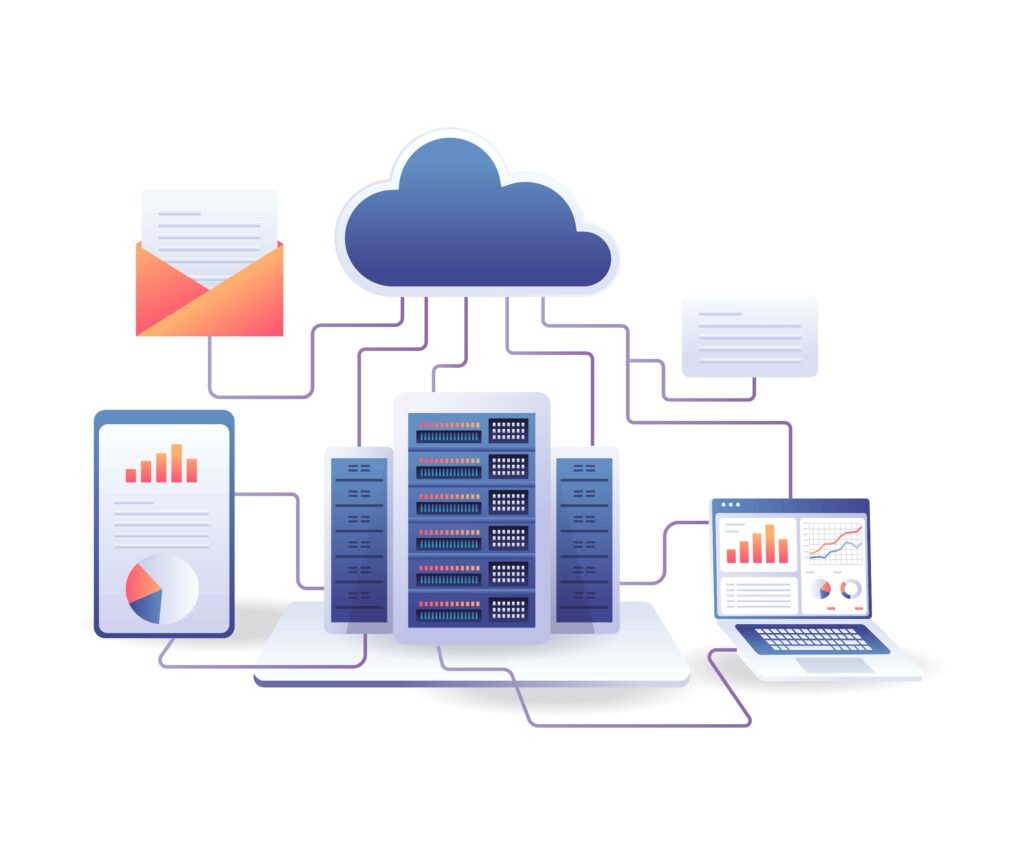Unveiling the Power of Data Warehouse: A Comprehensive Guide
what is a Data Warehouse?
A data warehouse is a specialized data management system designed to fuel and facilitate business intelligence (BI) activities, especially analytics. It distinguishes itself by its focus on queries and analysis, often housing substantial historical data. By centralizing information from diverse sources, a data warehouse becomes a strategic hub for organizations, offering analytical capabilities that translate raw data into valuable business insights, ultimately enhancing decision-making processes.

Key Components of a Data Warehouse:
1. Data Sources: Integration of data from operational databases, external feeds, and flat files. ETL processes for cleansing, transforming, and loading data into the warehouse.
2. Data Storage: Structured storage, often organized into data marts, data cubes, or tables. Denormalized data storage to optimize query performance.
3. Data Processing: Utilization of OLAP and data mining technologies for complex analysis. Support for ad-hoc queries, reporting, and data visualization.
4. Metadata: Crucial information about the source, transformation rules, and meaning of data. Aids in data governance by providing insights into the characteristics and lineage of data.
Benefits of Data Warehousing:
1. Improved Decision-Making: Offers a consolidated and consistent view of data for accurate and up-to-date decision-making.
2. Enhanced Business Intelligence: Enables organizations to gain valuable insights from historical data, fostering strategic planning and forecasting.
3. Data Quality and Consistency: ETL processes contribute to cleaning and standardizing data, ensuring high quality and consistency.
4. Scalability: Designed to handle large volumes of data, making it scalable to accommodate growing business needs.
5. Cost Savings: Streamlines data storage and provides efficient querying capabilities, leading to cost savings over time.

Challenges and Considerations:
1. Complexity: Implementing and maintaining a data warehouse requires skilled personnel due to its inherent complexity.
2. Data Integration: Integrating data from diverse sources demands careful consideration of data mapping and transformation.
3. Security and Privacy: Robust security measures are essential to protect sensitive data and ensure compliance.
Conclusion:
In conclusion, data warehousing emerges as a transformative tool, empowering organizations to convert raw data into actionable insights. By centralizing and optimizing data for analysis, businesses can make informed decisions, gain a competitive edge, and adapt to the dynamic landscape of today’s data-driven world. As technology evolves, the role of data warehousing in shaping the future of business intelligence becomes increasingly significant. Stay tuned for the continued evolution of this indispensable technology. Please Contact Us for more detailed insights and learn how can we help you.
